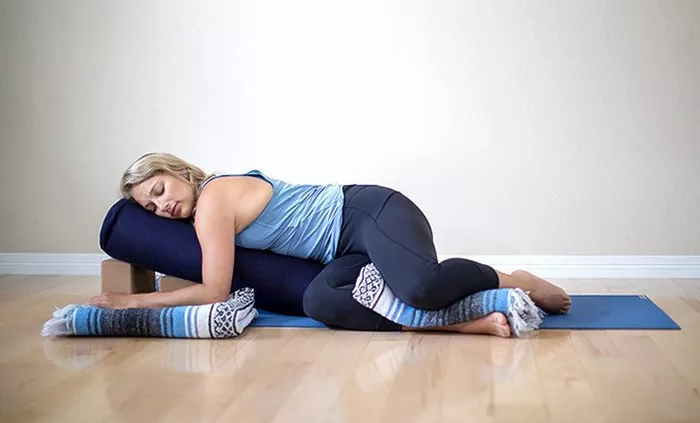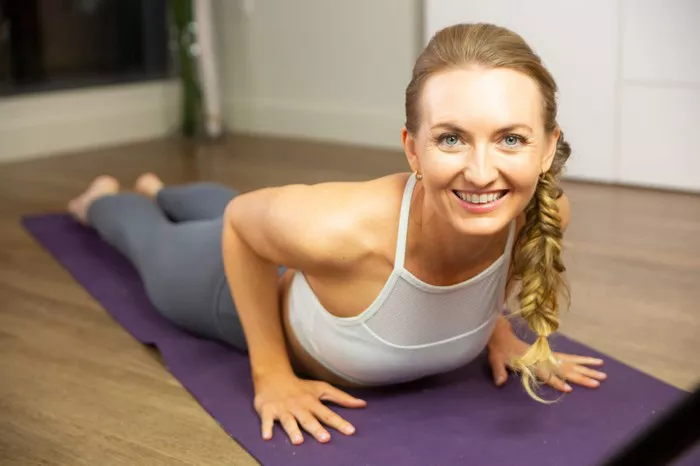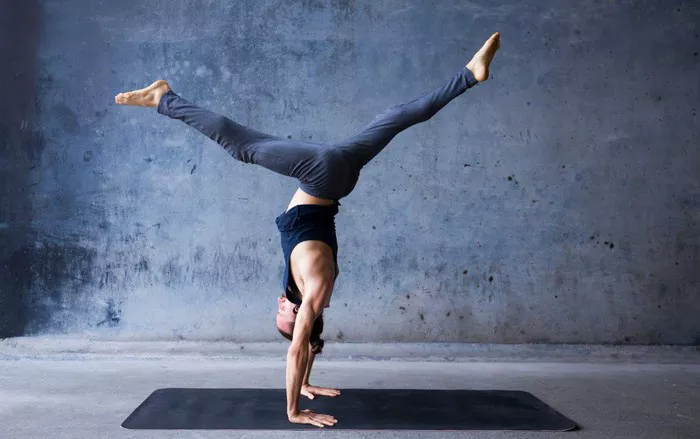Yoga balls, also known as stability balls, exercise balls, or Swiss balls, have become a staple in fitness centers, rehabilitation clinics, and home gyms around the world. Known for their versatility and functionality, these inflatable balls are often used for balance training, core strengthening, physical therapy, and even as desk chairs. Despite their simple appearance, yoga balls are highly engineered pieces of fitness equipment, designed to withstand considerable pressure and frequent use. Understanding how long yoga balls last depends on several critical factors, including material quality, usage frequency, maintenance habits, and manufacturer guidelines.
Average Lifespan of a Yoga Ball
General Durability Expectation
On average, a good-quality yoga ball can last anywhere between 1 to 5 years, depending on how often and how intensely it is used. Some premium models can even exceed this lifespan if properly maintained. However, this duration is not fixed. Several external and internal factors contribute to either extending or shortening the life of a yoga ball.
Usage Frequency and Type
The more often a yoga ball is used, especially in high-impact exercises or by individuals exceeding weight recommendations, the quicker it may wear out. Conversely, a ball that is used occasionally or for light stretching can last several years with minimal degradation. It’s also worth noting that yoga balls used in commercial gym settings tend to have a shorter lifespan due to higher usage volume.
Key Factors That Affect Lifespan
Understanding what affects the longevity of a yoga ball can help users make informed choices and maintain their equipment for as long as possible.
Material Quality
- PVC (Polyvinyl Chloride): Most standard yoga balls are made of PVC, known for flexibility and durability.
- Anti-Burst Technology: Premium balls often feature anti-burst materials, which are designed to deflate slowly rather than popping instantly when punctured.
- Thickness: Generally, thicker materials can withstand more pressure and wear, offering longer durability.
Weight Capacity
Each yoga ball comes with a maximum weight rating, typically ranging from 200 lbs to over 2,000 lbs, depending on its make and intended use. Exceeding this weight limit not only increases the risk of rupture but also speeds up material fatigue.
Surface and Environmental Conditions
Where and how a yoga ball is used greatly affects its lifespan.
- Using a ball on rough or sharp surfaces can lead to abrasions or punctures.
- Direct exposure to sunlight, heat, or moisture can degrade the material over time.
- Storing the ball in a hot car or near heaters can also cause it to become brittle.
Signs a Yoga Ball Needs Replacement
Yoga balls don’t last forever, and using one beyond its safe operational life can lead to injury. Here are the most common signs that a yoga ball needs replacing:
- Loss of Air Retention: If the ball doesn’t hold air well, even after refilling, it may have microscopic punctures.
- Visible Cracks or Tears: Any visible damage is a clear sign the ball is unsafe.
- Soft or Uneven Surface: A ball that feels lumpy or softer than usual may be suffering from internal damage.
- Strange Odor or Sticky Texture: These may indicate that the material is breaking down, often due to chemical degradation.
Proper Maintenance for Longevity
To extend the lifespan of your yoga ball, follow these key maintenance practices:
Storage Guidelines
- Always store your yoga ball in a cool, dry place away from direct sunlight.
- Use a storage bag or place it in a container to avoid contact with sharp objects.
- Avoid stacking other items on top of the ball to maintain its shape and integrity.
Regular Cleaning
- Clean the ball regularly using a damp cloth and mild soap. Avoid harsh chemicals, as they can weaken the material.
- Make sure the ball is completely dry before storage to prevent mold or mildew.
Re-Inflation Schedule
Over time, all yoga balls lose air slowly. It is important to check the ball’s firmness and inflate it as needed—usually every few weeks if used frequently. This not only maintains performance but also reduces the risk of sudden deflation during use.
When to Replace a Yoga Ball
Even with the best maintenance, a yoga ball will eventually reach the end of its useful life. Here are some standard timelines and use-based recommendations for replacement:
Based on Usage Frequency
- Daily Use (e.g., gym or office chair): Replace every 1–2 years.
- Moderate Use (3–4 times per week): Replace every 2–3 years.
- Occasional Use (once a week or less): Replace every 3–5 years.
Based on Manufacturer’s Warranty
Most reputable brands provide a warranty period, usually from 1 to 3 years. Once this period ends, consider replacing the ball regardless of visible condition, especially if it’s heavily used.
Choosing a Long-Lasting Yoga Ball
Investing in a high-quality yoga ball can ultimately save you money and ensure your safety. When purchasing, consider the following:
Certifications and Testing Standards
Look for balls that meet safety standards such as:
- SGS-certified materials
- Burst resistance testing (often listed in PSI or weight capacity)
- BPA-free and phthalate-free materials
Customer Reviews and Brand Reputation
Opt for brands known for durability and customer satisfaction. Reviews often provide insight into real-world lifespan and performance, which may not always align with the manufacturer’s claims.
Product Specifications
- Burst Resistance Rating: The higher, the better. A 2,000-lb anti-burst rating is typically more robust than a 300-lb standard model.
- Diameter and Thickness: A thicker wall usually correlates with a longer life, but may be harder to inflate.
Safety Considerations
Ignoring signs of wear or improper usage can lead to injury. Keep these safety guidelines in mind:
- Always inspect your yoga ball before use, especially if it hasn’t been used in a while.
- Avoid using near sharp objects, furniture edges, or rough flooring.
- Never exceed the manufacturer’s weight capacity.
- In physical therapy or pregnancy exercises, always use newer and well-maintained equipment.
Eco-Friendly Disposal Options
Disposing of an old yoga ball responsibly is essential, especially considering the environmental impact of synthetic materials like PVC.
Recycling and Repurposing
- Some recycling centers accept PVC materials; check your local guidelines.
- Repurpose old yoga balls as planters, dog toys, or soft seats for children.
- Donate clean, undamaged balls to community centers or schools.
Manufacturer Take-Back Programs
A few eco-conscious manufacturers offer take-back programs or provide guidance on how to dispose of old yoga balls. Always check with the brand before discarding.
Conclusion
Yoga balls are incredibly useful tools for fitness, rehabilitation, and even daily seating. While their lifespan can vary from 1 to 5 years based on quality and care, proper maintenance significantly extends their usability. By understanding what affects their longevity and applying the best care practices, you can safely enjoy the benefits of a yoga ball for years.
In summary, choosing a high-quality ball, using it properly, maintaining it regularly, and replacing it when necessary are the cornerstones of safe and long-term usage. Treat your yoga ball well, and it will support your fitness and wellness goals for a long time.
Related Topics:




















